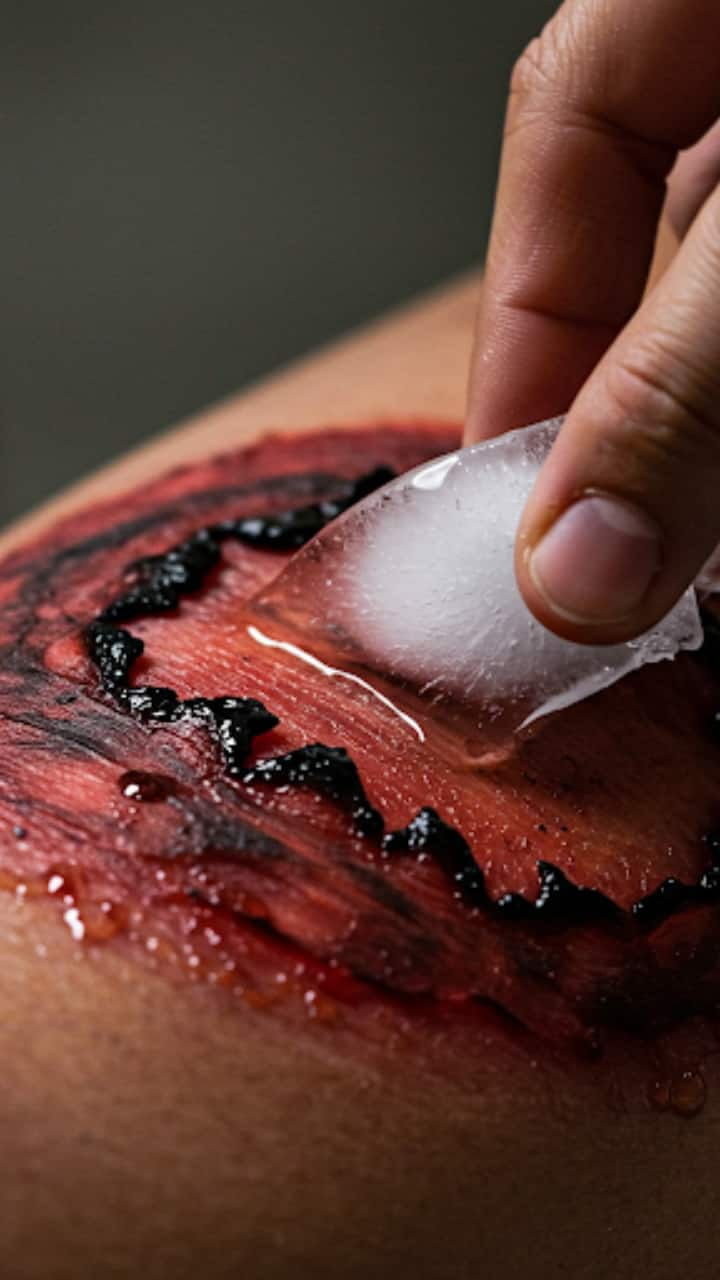
7 Reasons To Never Put Ice On A Burn
It Can Damage Skin Tissue
Ice is too cold for damaged skin, and direct contact can cause frostbite or further skin damage, which can worsen the burn.
Slows Down Healing
Extreme cold can restrict blood flow to the affected area, which slows down the blood’s natural healing process.
Increases Risk of Infection
Damaged and irritated skin is more prone to infection and if ice is applied on it it can create blisters and make it more worst.
May Cause More Pain
Though it feels soothing at first, the intense cold can increase pain as nerves may react to the sudden temperature change.
Disrupts Body Temperature
If the ice is applied on a large burn, it can shock the system and affect your body temperature regulation.
Can Make the Burn Deeper
The tissues beneath the skin layer can be damaged which can cause a minor burn to a major burn
Not Recommended by Medical Experts
Doctors and first aid guidelines advise against using ice on your burns, and they recommend cold water instead.
DISCLAIMER:-
This web story is meant for informational purposes only and must not be considered a substitute for advice provided by qualified medical professionals